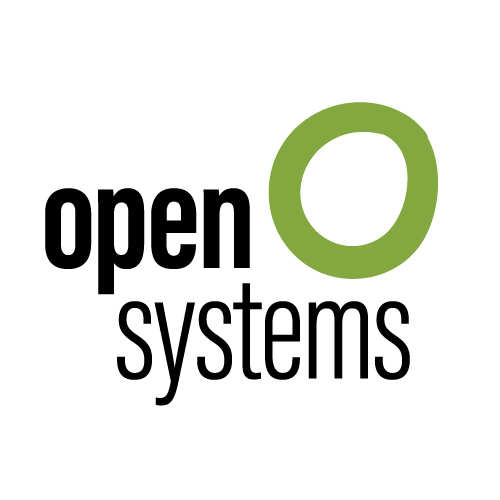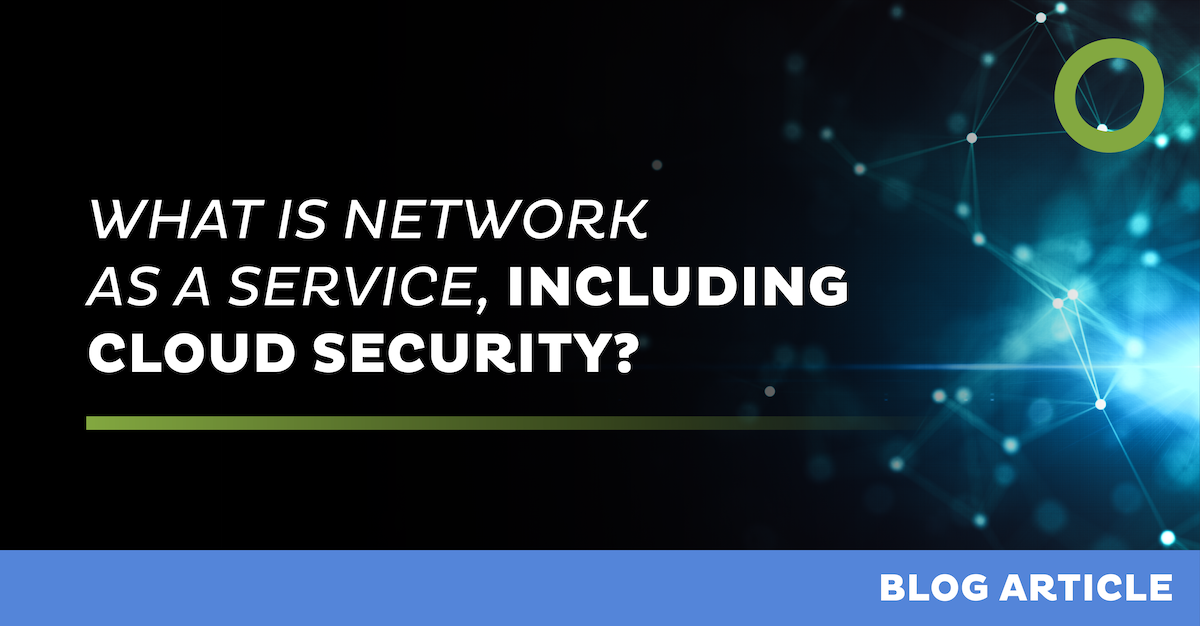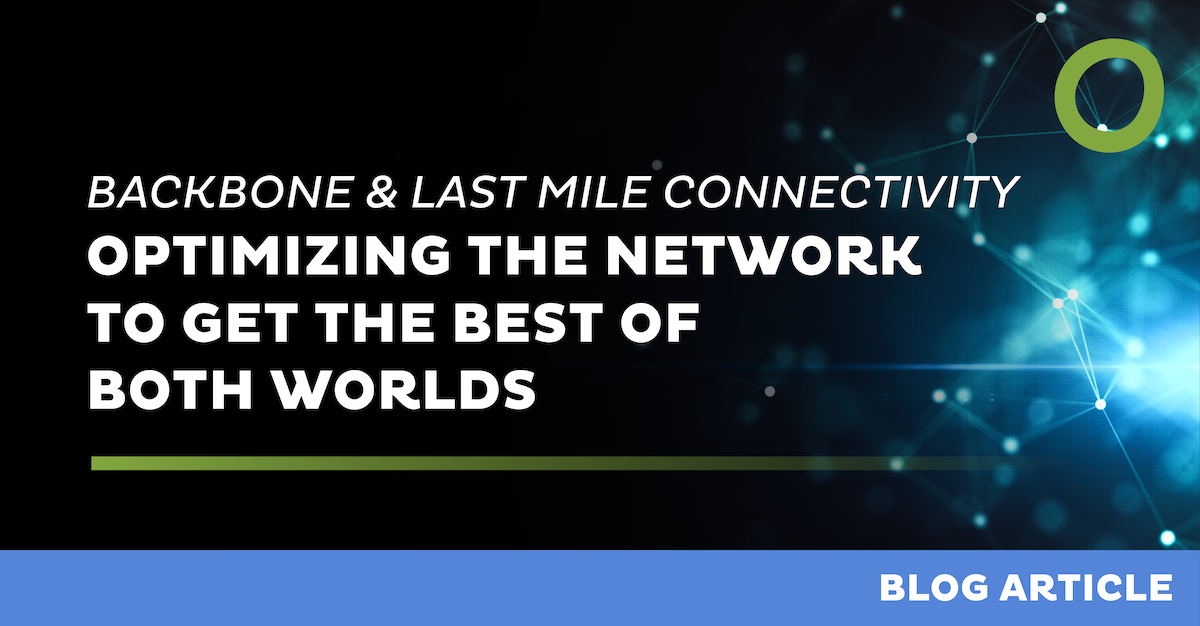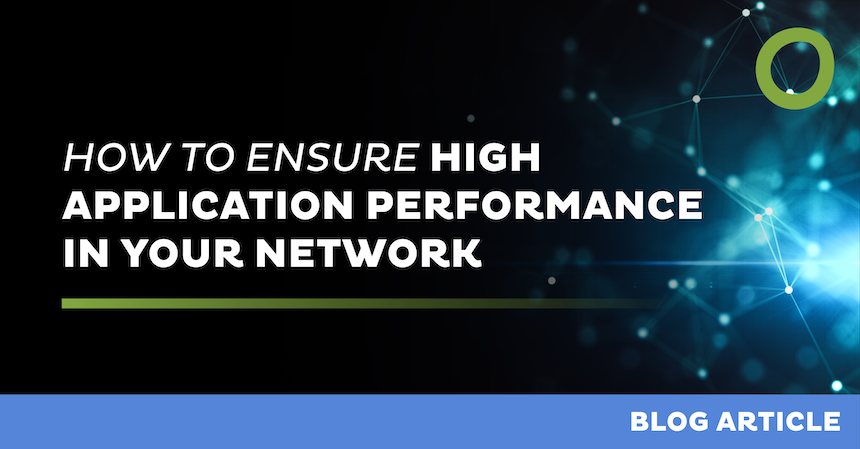
What is Network as a Service, including Cloud Security?


In an era where digital transformation dictates the pace of business innovation, the paradigm of network management has evolved significantly. The traditional, static models are giving way to more dynamic, flexible frameworks that can keep up with the fast-paced changes in technology and business needs. One emerging model that is gaining traction is Network as a Service (NaaS), an integral component of modern IT infrastructure that aligns with the increasingly cloud-centric approach of enterprises. As companies strive to streamline operations and enhance agility, NaaS offers a compelling solution that simplifies network management while optimizing performance and increasing security. This article delves into the essence of NaaS, its symbiotic relationship with cloud security, and the pivotal role of technologies such as SD-WAN and SASE in this landscape.
Understanding Network as a Service (NaaS)
While the detailed definition of Network as a Service (NaaS) is still up for debate, everyone agrees that in principle, it represents a shift from traditional network management to a subscription-based model that offers network services on-demand. This approach abstracts the complexities of network configuration, maintenance, and management, allowing enterprises to focus on their core competencies rather than the intricacies of networking. By leveraging a cloud-based platform, NaaS provides a suite of services including virtual private networks (VPNs), bandwidth on demand, and network security services. This model empowers businesses to adapt quickly to changing technological landscapes without the need for extensive in-house expertise or infrastructure investment.
The flexibility of NaaS is one of its defining characteristics, enabling businesses to tailor their network resources to fit specific needs. This adaptability translates to improved operational efficiency and the ability to respond swiftly to market changes. Additionally, by shifting from capital expenditures to operational expenditures, companies can better manage their budgets, ensuring that resources are allocated more effectively. With NaaS, enterprises no longer need to worry about the obsolescence of technology or the complexities of managing multiple network vendors, as everything is streamlined through a single service provider.
Key Advantages of NaaS
- Scalability: NaaS allows businesses to scale their network resources up or down based on real-time requirements, thus optimizing operational costs. This scalability is particularly beneficial for companies with fluctuating demands, such as seasonal businesses or those experiencing rapid growth. By providing the ability to adjust capacity as needed, NaaS ensures that enterprises pay only for what they use, avoiding unnecessary expenses.
- Flexibility: With NaaS, enterprises can swiftly adapt to changing business needs without the constraints of physical infrastructure. This flexibility is crucial in today's fast-paced business environment, where the ability to pivot quickly can be a significant competitive advantage. Whether expanding into new markets or launching new products, NaaS provides the network infrastructure needed to support strategic initiatives.
- Cost Efficiency: By converting capital expenditures into operational expenditures, NaaS reduces the need for significant upfront investments in hardware and software. This shift not only improves cash flow but also allows businesses to allocate funds to other critical areas such as innovation and customer service. Furthermore, the reduction in maintenance and management costs associated with traditional networking solutions means that companies can achieve a higher return on investment.
The Intersection of NaaS and Cloud Security
As enterprises increasingly migrate their operations to the cloud, the security of these cloud environments becomes paramount. The integration of NaaS with cloud security measures provides a robust framework for safeguarding data, applications, and networks against cyber threats. This involves a comprehensive array of security protocols, including encryption, identity and access management (IAM), and threat detection and response. By embedding these measures into the NaaS model, businesses can ensure that their digital assets are protected from unauthorized access and breaches.
Cloud security within the context of NaaS is not just about protecting data, but also about maintaining the integrity and availability of services. As businesses rely more on cloud-based platforms, ensuring continuity and resilience becomes essential. NaaS providers incorporate advanced security features to detect and mitigate potential threats proactively, minimizing downtime and maintaining business operations. This holistic approach to security is essential for building trust with customers and stakeholders, as well as for complying with industry regulations and standards.
Integration of Security in NaaS
The integration of cloud security in NaaS is not merely an add-on but a core component. Security policies and protocols are embedded into the network services, ensuring that data remains protected as it traverses through the cloud. This integrated approach enhances the overall security posture of the enterprise by providing end-to-end protection. By embedding security into the very fabric of the network, NaaS ensures that all data and applications are secured at every stage of their lifecycle.
This security integration also allows for more seamless management of security policies across the entire network. Enterprises can implement consistent security measures across all endpoints, reducing the risk of vulnerabilities. Moreover, NaaS providers often offer advanced analytics and monitoring tools that provide real-time insights into network performance and security threats. These tools empower businesses to take a proactive approach to security, addressing potential issues before they escalate into major incidents.
SD-WAN: A Crucial Component of NaaS
Software-Defined Wide Area Network (SD-WAN) is a critical technology within the NaaS framework. It decouples the network control plane from the physical hardware, enabling more efficient and flexible network management. This separation allows enterprises to manage their network through software, providing greater control over how data is routed and prioritized. SD-WAN optimizes the performance of applications hosted in on-premises data centers, public or private clouds, and SaaS services by dynamically routing traffic across the most efficient path.
SD-WAN's ability to adapt to real-time network conditions means that businesses can ensure optimal application performance, regardless of location or network load. This technology not only enhances user experience but also supports business continuity by minimizing the risk of outages and disruptions. Additionally, by leveraging broadband internet connections instead of costly MPLS circuits, SD-WAN can significantly reduce operational costs, making it an attractive option for enterprises looking to optimize their network spending.
Benefits of SD-WAN in NaaS
- Improved Performance: SD-WAN ensures optimal application performance by intelligently routing traffic based on real-time network conditions. This capability is particularly beneficial for businesses that rely on cloud-based applications, as it ensures that users have a seamless experience regardless of their location. By prioritizing critical applications and dynamically adjusting bandwidth allocation, SD-WAN helps maintain high levels of productivity and efficiency.
- Enhanced Security: By integrating security features such as encryption and secure tunneling, SD-WAN provides a robust security layer for network traffic. This integration ensures that data is protected as it moves across the network, reducing the risk of interception or unauthorized access. Additionally, SD-WAN's centralized management capabilities allow for more consistent enforcement of security policies, further strengthening the network's security posture.
- Cost Savings: SD-WAN reduces the dependency on expensive MPLS circuits by leveraging cost-effective broadband connections. This shift not only lowers operational costs but also provides greater flexibility in terms of network configuration and management. By reducing reliance on traditional networking infrastructure, businesses can allocate resources more efficiently, investing in areas that drive innovation and growth.
SASE: The Future of Secure Networking
Secure Access Service Edge (SASE) is an emerging framework that combines network security functions with WAN capabilities to support the dynamic secure access needs of modern enterprises. SASE converges multiple security and networking technologies into a unified, cloud-native service. This convergence simplifies the management of network and security services, providing a more streamlined approach to ensuring secure connectivity.
By integrating networking and security into a single platform, SASE offers a more holistic approach to managing enterprise networks. This approach not only enhances security but also improves network performance and reliability. As businesses continue to embrace remote work and digital transformation, SASE provides the flexibility and scalability needed to support these initiatives. Furthermore, by delivering security and networking services from the cloud, SASE reduces the complexity and cost associated with traditional on-premises solutions.
Core Components of SASE
- Zero Trust Network Access (ZTNA): Ensures that access to network resources is granted based on strict identity verification. This principle minimizes the risk of unauthorized access by implementing a "never trust, always verify" approach. ZTNA is particularly important in today's remote work environment, where employees access corporate resources from various locations and devices.
- Secure Web Gateway (SWG): Protects users from web-based threats by enforcing security policies. SWG acts as a barrier between users and potential online threats, filtering out malicious content and blocking access to harmful websites. This protection is essential for safeguarding sensitive information and maintaining compliance with industry regulations.
- Cloud Access Security Broker (CASB): Provides visibility and control over data and applications in the cloud. CASB acts as an intermediary between users and cloud service providers, ensuring that data is transferred securely and that compliance policies are enforced. This visibility is crucial for detecting and mitigating potential security risks associated with cloud services.
- Firewall as a Service (FWaaS): Delivers firewall capabilities as a cloud service, ensuring consistent security policies across all network edges. FWaaS provides a centralized approach to managing firewall rules and policies, making it easier to protect against threats and ensure compliance. By delivering these capabilities from the cloud, FWaaS reduces the complexity and cost of managing traditional on-premises firewalls.
The Role of SASE in NaaS
SASE enhances the NaaS model by providing a holistic and integrated approach to security and networking. It ensures that security policies are consistently applied across all network edges, whether they are on-premises, in the cloud, or at remote locations. This consistency is critical for maintaining a strong security posture and ensuring that all users and devices are protected, regardless of their location or the network they are using.
The integration of SASE into the NaaS framework also simplifies the management of network and security services. By consolidating these functions into a single platform, businesses can reduce the complexity and cost associated with managing multiple solutions. This consolidation not only improves efficiency but also enhances visibility and control over the network, enabling businesses to respond more effectively to emerging threats and challenges.
Implementing NaaS: Challenges and Considerations
While NaaS offers numerous benefits, its implementation is not without challenges. Enterprises must consider several factors to ensure a successful transition to a NaaS model. These factors include:
- Service Quality and Flexibility: While the consolidation of all network services drastically reduces complexity, it is essential to prioritize the quality and flexibility of services. Thorough vendor evaluation and SLA comparisons as well as the assessment of a provider's ability to tailor their solution to specific business needs are recommended. In the end, a provider with happy customers, guaranteed end-to-end SLAs and a designated account team that can consult and cater for custom requirements reduces the risk of a vendor lock-in.
- Integration with Existing Infrastructure: Seamlessly integrating NaaS with existing network infrastructure and security protocols can be complex. Enterprises need to carefully assess their current environment and work closely with their chosen provider to ensure a smooth transition. This may involve updating legacy systems or implementing new technologies to support the NaaS model.
- Compliance: Ensuring compliance with industry regulations and standards is critical, particularly when sensitive data is involved. Businesses must ensure that their NaaS provider adheres to relevant compliance requirements and has robust data protection measures in place. This is particularly important for industries with strict regulatory requirements, such as healthcare and finance.
Best Practices for Successful NaaS Implementation
- Thorough Vendor Evaluation: Assess potential NaaS providers based on their service quality, security capabilities, and track record. This evaluation should consider factors such as customer support, performance, scalability, and pricing. By conducting a comprehensive assessment, businesses can select a provider that aligns with their strategic goals and operational requirements.
- Pilot Testing: Conduct pilot tests to evaluate the performance, support and staff expertise of the NaaS service . Pilot testing allows businesses to identify potential issues and make necessary adjustments before full-scale implementation. This approach helps minimize disruption and ensures a smoother transition to the NaaS model.
- Comprehensive Security Strategy: Develop a comprehensive security strategy that integrates NaaS with broader cybersecurity measures to protect your digital assets. This strategy should include regular security assessments, employee training, and incident response planning. By taking a proactive approach to security, businesses can better protect their networks and data from emerging threats.
Conclusion
Network as a Service (NaaS) represents a transformative approach to network management, offering scalability, flexibility, and cost efficiency. By integrating cloud security, leveraging SD-WAN, and adopting the SASE framework, enterprises can enhance their network performance and security posture. This integrated approach not only simplifies network management but also provides a more resilient and adaptable infrastructure that can support future growth and innovation.
As digital transformation continues to evolve, NaaS will play an increasingly critical role in enabling secure, efficient, and agile network operations. In an age where cybersecurity threats are ever-present and network demands are constantly shifting, adopting a NaaS model can provide the robust, adaptable, and secure network infrastructure that modern enterprises require. By embracing NaaS, businesses can focus on their core competencies while leaving the complexities of network management to expert providers.
Lassen Sie die Komplexität
hinter sich
Sie möchten auch von der Open Systems SASE Experience profitieren? Unsere Experten helfen Ihnen gern weiter.
Kontakt


